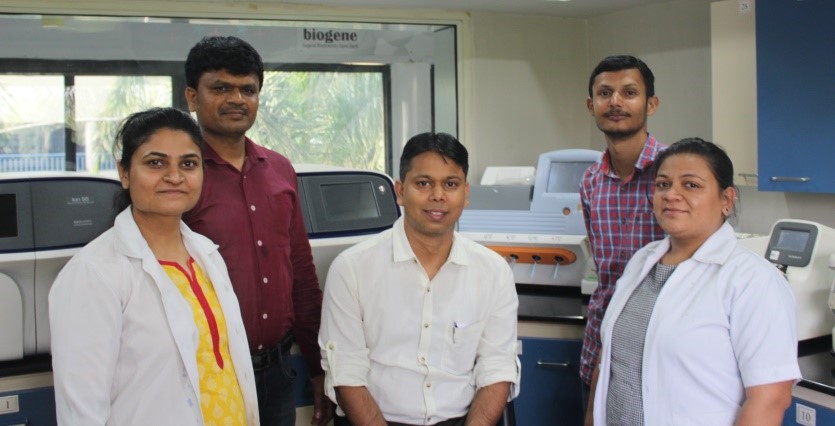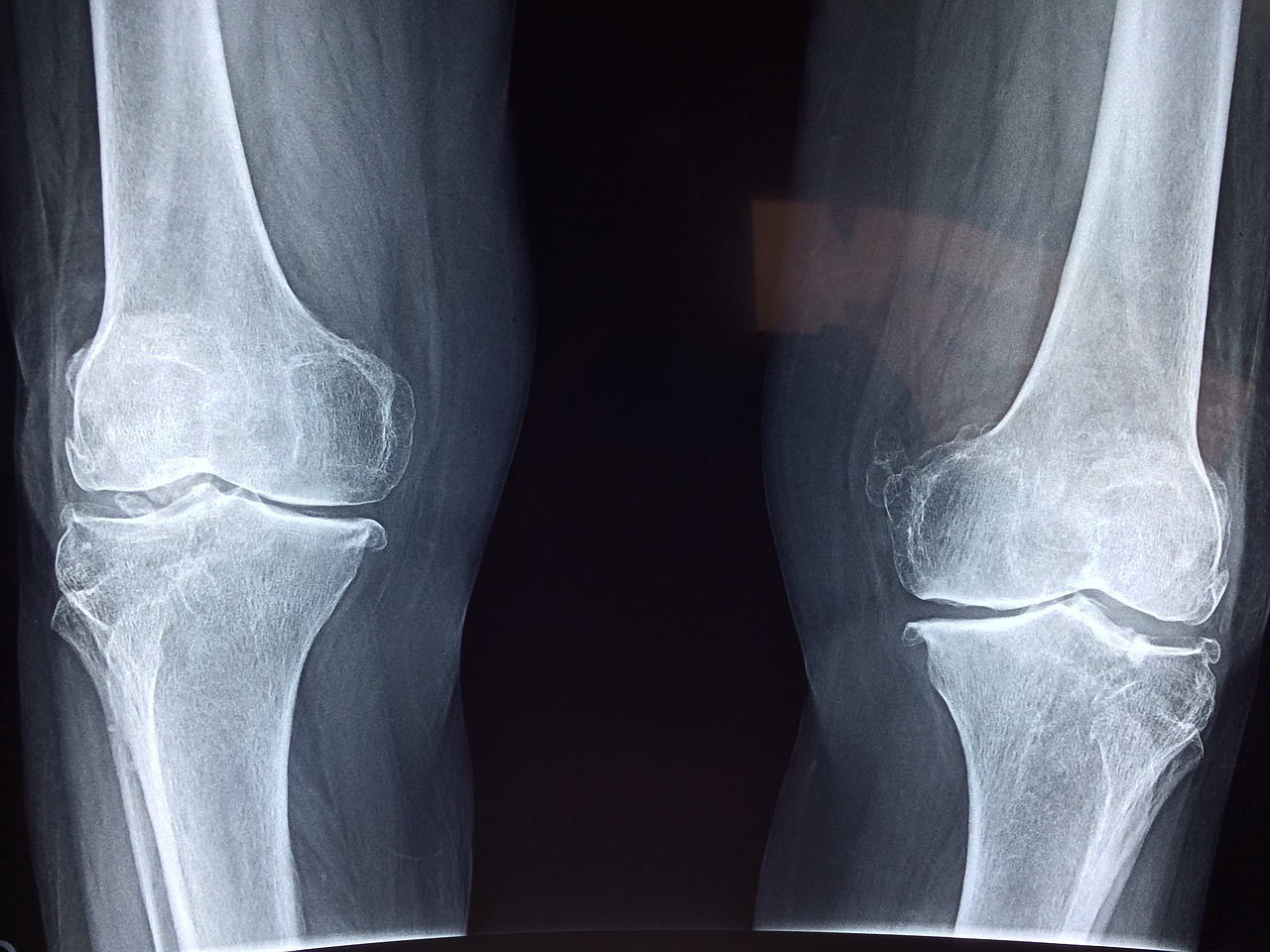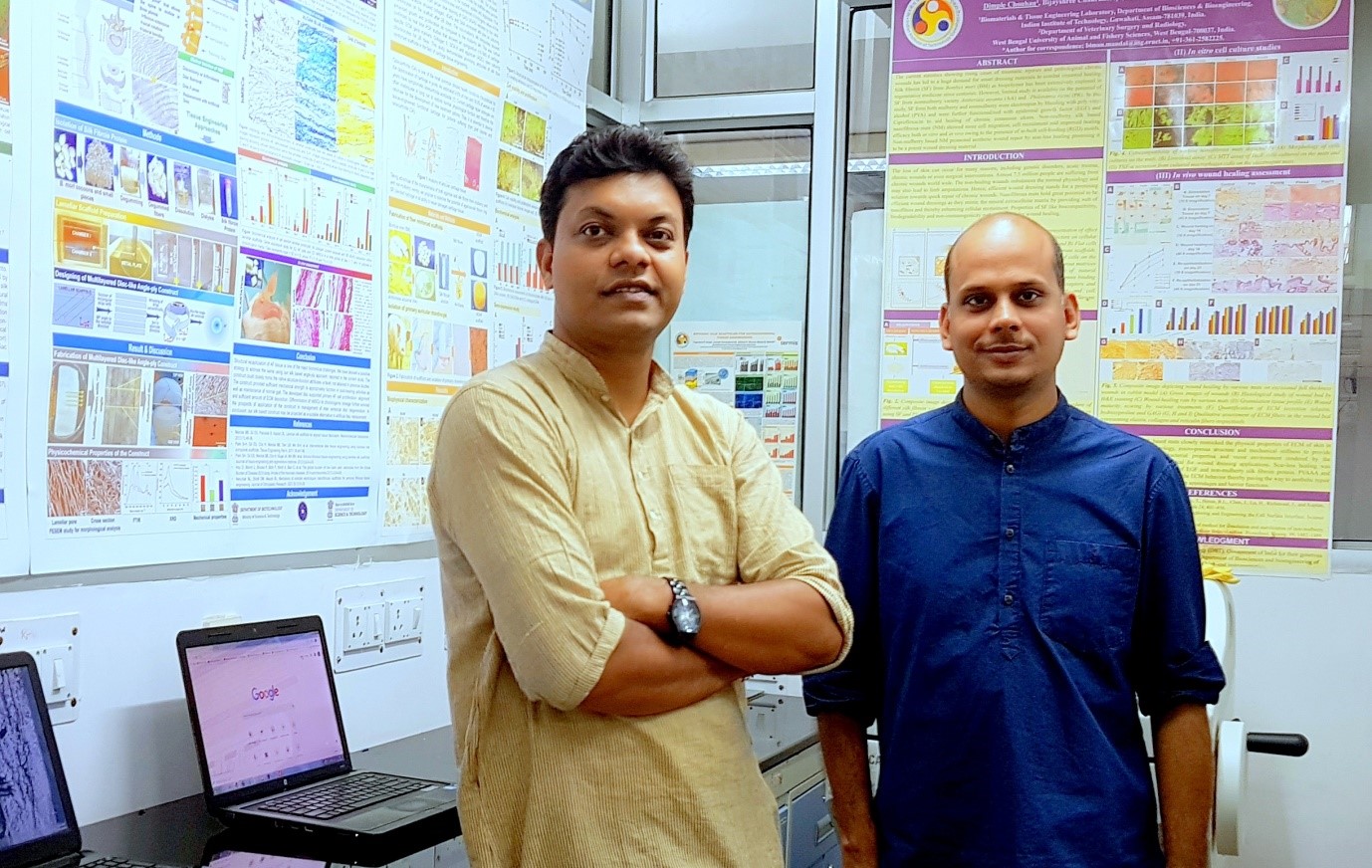
Scientists A Step Closer To Potential Vaccine against Leptospirosis
- News
- 2.6K
Leptospirosis – caused by pathogenic bacteria, Leptospira – led to over one million infections globally in 2015. Availability of an appropriate vaccine could have prevented most of them.

The research team of GBRC
Scientists at the Gujarat Biotechnology Research Centre (GBRC) have used sophisticated tools to identify important regions on the bacteria that could play an important role in developing a vaccine for Leptospirosis.
Leptospirosis is a zoonotic disease, meaning it spreads through animals. Farmers or veterinarians frequently exposed to animal urine or swimmers exposed to contaminated water are at high risk. People may get exposed to the bacteria during flooding as well. Vaccinating such high-risk groups can protect them from Leptospirosis.
The team at GBRC used high throughput computational tools to identify regions on pathogenic Leptospira, which could be critical in designing an effective vaccine. Using, bioinformatics tools, researchers studied the whole set of proteins of bacteria cell (proteome) and its genome.
As a protection mechanism from a pathogen, the human body fights back by making antibodies or activating cells that kill other infected cells which scientists refer to as ‘immune response’. Vaccines prepare our bodies by eliciting such response even before one is infected by a pathogen. This way vaccines equip us to fight a pathogen or disease as soon as we are exposed to it.
Researchers have identified certain peptides (small parts of proteins) which could be further tested as potential vaccine candidates that can elicit a strong immune response. These peptides are part of an ‘outer membrane protein’ of the bacterium. This protein is conserved in 46 types of disease-causing Leptospira, and if confirmed and further developed into a vaccine, it could provide immunity against all 46 types.
“Identification of target sites is a key step in vaccine design. With the help of modern genomics, proteomics and bioinformatics tools we have analyzed the pathogenic proteome (3654 proteins) to predict the antigenicity (ability to elicit an immune response) and narrowed down to a single protein of high affinity with ability to bind to the antibody present on B-cells for inducing immune response,” explained Dr Jayashankar Das, lead scientist, while speaking to India Science Wire.
Since many different strains or types of Leptospira are present in tropical regions, the team is carrying out more studies on different strains and also testing identified proteins in cells, added Dr. Das. “Since this disease is a major concern to farmers as well as livestock breeders, we are also involved in developing an onsite diagnostic kit for leptospirosis with support from the Department of Science and Technology (DST),” he added.
“These peptides represent a novel outcome of the study. They need to be studied further in for their effectiveness in animals and humans. If successful, it could become an important tool in fighting this disease worldwide,” commented Dr. Hardeep Vora, R&D Manager at DiaSys Diagnostics India, while speaking to India Science Wire.
The research results have been published in the journal, Scientific Reports. The team included Kumari Snehkant Lata, Swapnil Kumar, Vibhisha Vaghasia, Priyanka Sharma, Shivarudrappa B. Bhairappanvar, Subhash Soni and Jayashankar Das. The research work was supported by the Gujarat State Biotechnology Mission. (India Science Wire)
By Shikha T Malik
Journal Article
For the latest Science, Tech news and conversations, follow Research Stash on Twitter, Facebook, and subscribe to our YouTube channel


